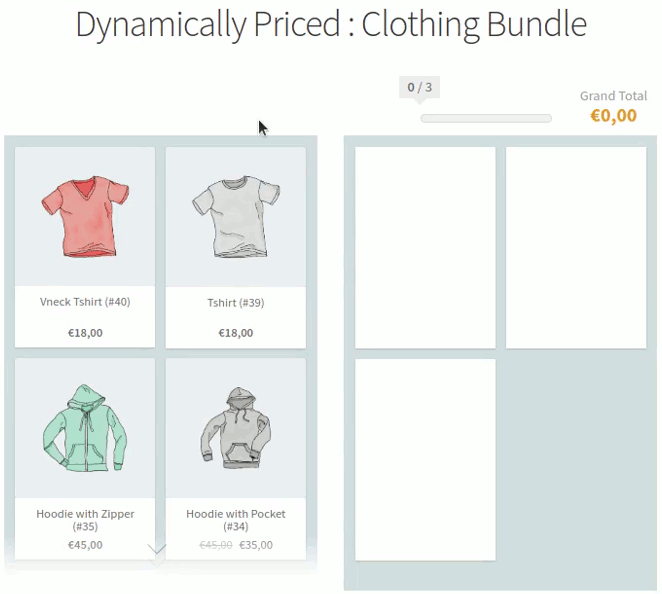

When demand is high, prices are typically high as well. Synonymsĭynamic pricing is based on the principle of supply and demand.

When dynamic pricing is used in a transparent and fair way, it can be a powerful tool for businesses and consumers alike. However, dynamic pricing can also be a win-win for businesses and consumers, as it can help businesses optimize their profits and customers find the best deals. This has led to a new wave of dynamic pricing strategies, such as surge pricing and flash sales.ĭynamic pricing can be controversial, as it can be perceived as unfair or exploitative. Businesses can now use data analytics to track customer demand and make pricing decisions in real time. With the advent of technology and the trend toward digital pricing transformation, dynamic pricing has become more widespread and sophisticated. For example, grocers have always charged higher prices for items in season and in demand, while discounts are used to move items that are overstocked.

This type of pricing can be found in industries as varied as transportation, energy, groceries, and event tickets.ĭynamic pricing is not a new concept – businesses have been using it for centuries. Businesses using dynamic pricing change their prices in real time according to changes in supply and demand.
Dynamic pricing strategy how to#
How to Implement a Dynamic Pricing Strategyĭynamic pricing is a pricing strategy that charges customers different prices for the same good or service based on fluctuations in market demand.


 0 kommentar(er)
0 kommentar(er)
